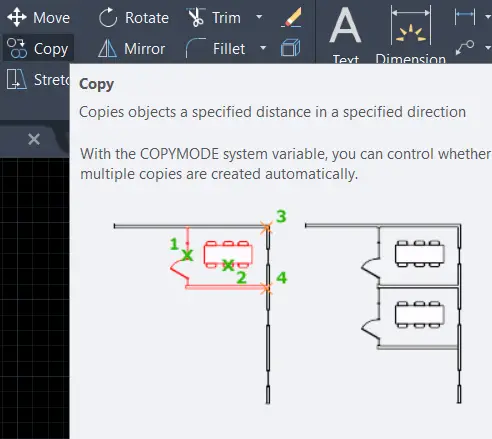

One other instance to keep in mind is that some things like pasting an excel spreadsheet/table that updates automatically whenever the excel file is saved, does require the paste special command. One thing to remember also is that you can copy and paste using a an insertion point can save you tons of time rather than inserting an XREF into a drawing, but again do this knowing what will happen. If I have something that is formatted say a group of notes or has multiple objects like a title block with text objects that are formatted with fields and multiple drawings need the same setup, then you bet I'm going to copy with an insertion point (Shift + CTRL + C) then past that bad boy into the layouts just to make sure that things look uniform. If I have a block that has been inserted into one drawing that I need to use in another drawing, but don't have the block dwg file, then I'll use block editor and save the block as a file and then insert it into other drawings if possible. If I have a block that I can insert into the drawing requiring a particular block, then I'll insert a new instance of a block rather than copy and past something into a drawing.


If something exists in a drawing, I'll use the copy command religiously. Personally, I try to keep the practice of copying and pasting not to a minimum, but more to specific instances where I have no other way of performing the same action or reproducing the same objects could be extremely tedious to do and get the same results. user pasted a group of objects into a drawing, only to not be able to see or interact with these drawings even though ACAD reports that they were successfully pasted into the drawing) DGN purging is now handled via the purge command, but it used to be a separate command that one had to invoke. I've also seen errors in the past that required a DGN purge to get rid of orphaned objects that prevented proper refreshing after pasting (i.e. an error will pop up stating that the command cannot be executed since there are newer version of objects in the current drawing that prevents the command for being used). These objects can prevent some commands from properly executing (i.e. ACAD 2019) drawing in an older format (i.e. One thing to keep in mind also is that it's very easy to just select an object, copy from one drawing and paste it into another drawing, but overtime, our drawings can get loaded down with older/newer versions of objects that the system handles differently, and thus can cause some errors, specifically when you save a newer format (i.e. Ever wonder what the those weird blocks named something with an A and a $ (A$xxxxx or $Axxxx IIRC) that get flushed when you run the purge command are? Those are blocks that ACAD creates as sort of a group of objects when you paste something into a drawing. One thing about using the CTRL+C/CTRL+V method for copying objects is that it will also add a nameless block to your drawing that can add weight to your drawing (memory size/processor load to run/load the drawing), and thus this extra weight can add some extra burden to downstream drawings that reference said drawings. The copy command takes objects that are loaded into the current drawing and creates a new instance of that object, but the CTRL+V (paste) will attempt to load another instance of whatever was copied into the current drawing, hence the ignored block, shape or other object that already exists and is therefore considered a duplicate. Fundamentally, they are very different commands that look very similar on the surface.


 0 kommentar(er)
0 kommentar(er)
